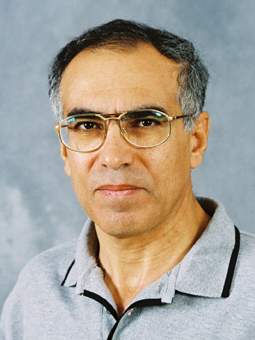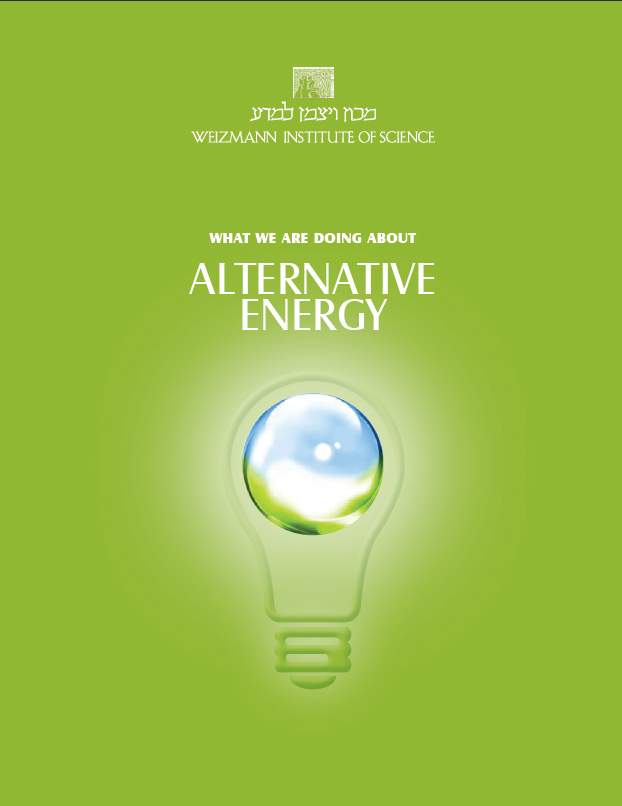
Prof. Yizhak Maron and Dr. Eyal Kroupp of the Institute’s Particle Physics Department are part of the global scientific community investigating hot and dense plasmas in an effort to progress towards the efficient production of these hot plasmas. The fundamental understanding thus gained can be used in larger systems to reach the conditions for viable fusion-based energy production. They are investigating a promising method for producing plasma, called z-pinch, in which a plasma is compressed in a cylindrical tube using magnetic pulses. This compression forms a hot, dense plasma of various ions in the center of the tube. Such plasma also emits intense pulses of radiation, such as that which will eventually be required for achieving fusion conditions.
At present, the scientists are, with support from AERI, experimenting with the design of the setup. For instance, they are working on a gas injection method that will give them greater control over the initial density of the hydrogen gas and will hopefully improve the efficiency of the process. They are also exploring ways to ensure plasma stability in specific types of systems – important for achieving the proper conditions for controlled fusion.
The diagnostics developed in the Weizmann Plasma Laboratory and the insights gained are utilized in the world’s largest systems, particularly in the U.S., for diagnosing high-energy-density plasmas. The Plasma Laboratory at the Weizmann Institute is one of the participants in the prestigious University Excellence Center established by the U.S. Department of Energy, along with Cornell University, the University of Rochester and Imperial College London.
Prof. Yitzhak Maron’s research is supported by the Monroe and Marjorie Burk Fund for Alternative Energy Studies; Sandia National Laboratories; and Mr. and Mrs. Yossie Hollander, Israel. Prof. Maron is the incumbent of the Stephen and Mary Meadow Professorial Chair of Laser Photochemistry.






















